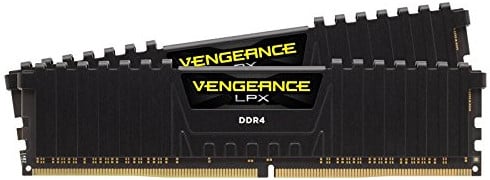Ultimate RAM buyer's guide for Windows PC users
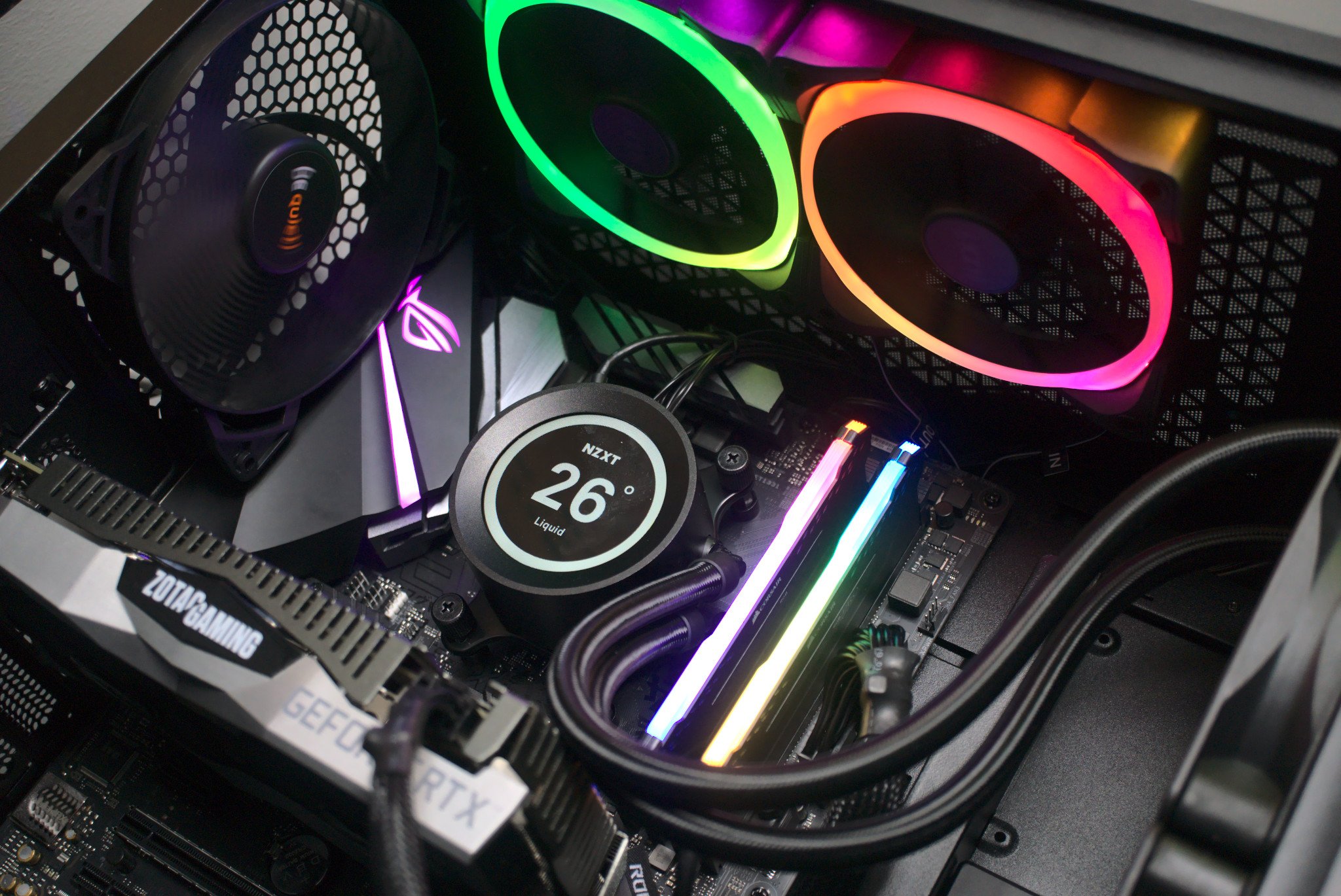
It's well known that you need RAM installed inside your PC and it needs to be as fast as your CPU and motherboard will support, but what exactly is RAM, why does your PC actually need it, and when should you upgrade?
Products used in this guide
- Speed up your PC: Buy RAM at Amazon
So, what is RAM?
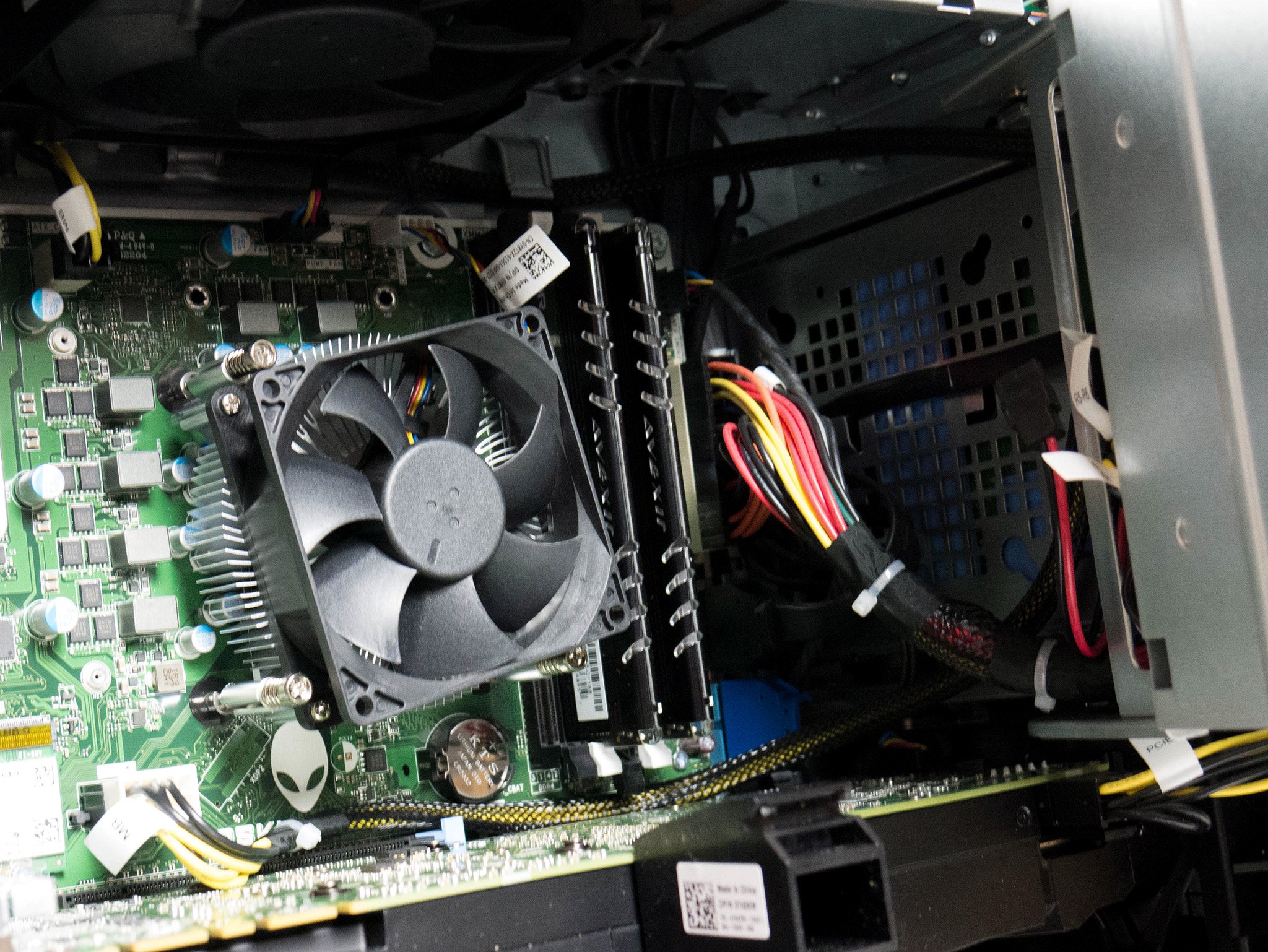
Random-access memory (or RAM for short) inside your PC is incredibly important. It allows the motherboard (and installed operating system) to quickly store and access data without going through slow (but spacious) storage drives. Even though we're rocking solid-state drives (SSD) these days, RAM modules remain the best option when it comes to accessing data at speed. Yes, even that 4,000MB/s NVMe you just bought is still slower.
But RAM is only meant to store data when it is needed — the process of opening a program is essentially that of copying the files from storage to available memory. You can think of it like a desk: you store papers and tools in the drawers, but when you're going to need something like a stapler and a folder of bank statements, you take them out of the drawer and put them on the desk until you are done and put them away. It's faster and easier to just keep the stapler out for as long as you need it than to put it back in the drawer after each time you use it.
Your PC will use available RAM to run Windows and programs you're using, so the amount you'll need will vary at any given time. You can quickly check how much RAM is being used by opening the Windows Task Manager, which can also show you how much RAM is free and how much is being used by each individual program. Don't feel like you have to immediately purchase more RAM if your system is using a fair amount (say 75%). Unless you're frequently maxing out the available RAM, it'd just be a waste. Remember: unused RAM is wasted RAM.
But should your system be using all available RAM, the hard drive will be used as a backup to store and read data and emulate RAM — a "page file" or "virtual memory." While this enables you to do more even with limited RAM, even a speedy SSD is significantly slower than your RAM, and your computer's overall speed will suffer when it has to use your storage drive as an overflow. In the desk metaphor, you've got too much on your desk at once, and you're having to constantly swap positions of stuff between the surface and the drawer to keep going — you can have more going on, but it's slow, cumbersome, and wears on your drawers. If this is happening frequently, more RAM may be in order.
When to upgrade RAM

If having close to all your RAM being used by the system is OK, why and when should you upgrade and install more? The recommended amount of RAM for Windows 10 is 8GB, which allows for some degree of multitasking and light gaming. You shouldn't encounter any issue with that amount of RAM unless you're hammering the PC with massive programs like Adobe Photoshop, Premiere Pro, and others on a frequent and simultaneous basis.
But if you hit the ceiling when the performance takes a fall, and you simply cannot push the system further than it's capable of going, you more than likely need to add some more RAM. First, we need to figure out just how much RAM you have, what configuration (or formation) the modules are in, as well as other details like RAM type and clock speed.
All the latest news, reviews, and guides for Windows and Xbox diehards.
The easiest way to check is to download a free tool like Speccy that will be able to tell you all of this. The components themselves usually come in sizes of 1GB, 2GB, 4GB, 8GB, and 16GB. These can be DDR, DDR2, DDR3, or even DDR4, depending on what your motherboard and CPU supports.

DDR stands for double data rate, with DDR4 being the latest and greatest. These modules are not interchangeable. For instance, DDR4 RAM will not work on a motherboard that only supports DDR3. There are rare occasions where a motherboard can sport a hybrid configuration of slots that can take multiple generations. Another way to check what RAM your PC supports is to check the manual for the motherboard, or even look up the model of the board on the manufacturer's website.
What you need to have noted down to purchase RAM is the DDR type, maximum speed, slots, and capacity supported by the motherboard. If the PC or motherboard is from within the past few years, it's more than likely going to be DDR4.
Crucial RAM Tool
Crucial has a handy tool that can check what RAM a specific laptop or desktop PC model supports and recommend upgrades. This is handy if you're not familiar with PC building, don't understand what RAM you need, or just want to have an automated system do all the leg work. The only issue with the Crucial tool is you're locked into the company's offerings. You'll likely want to go elsewhere to take advantage of other deals.
Speed and latency
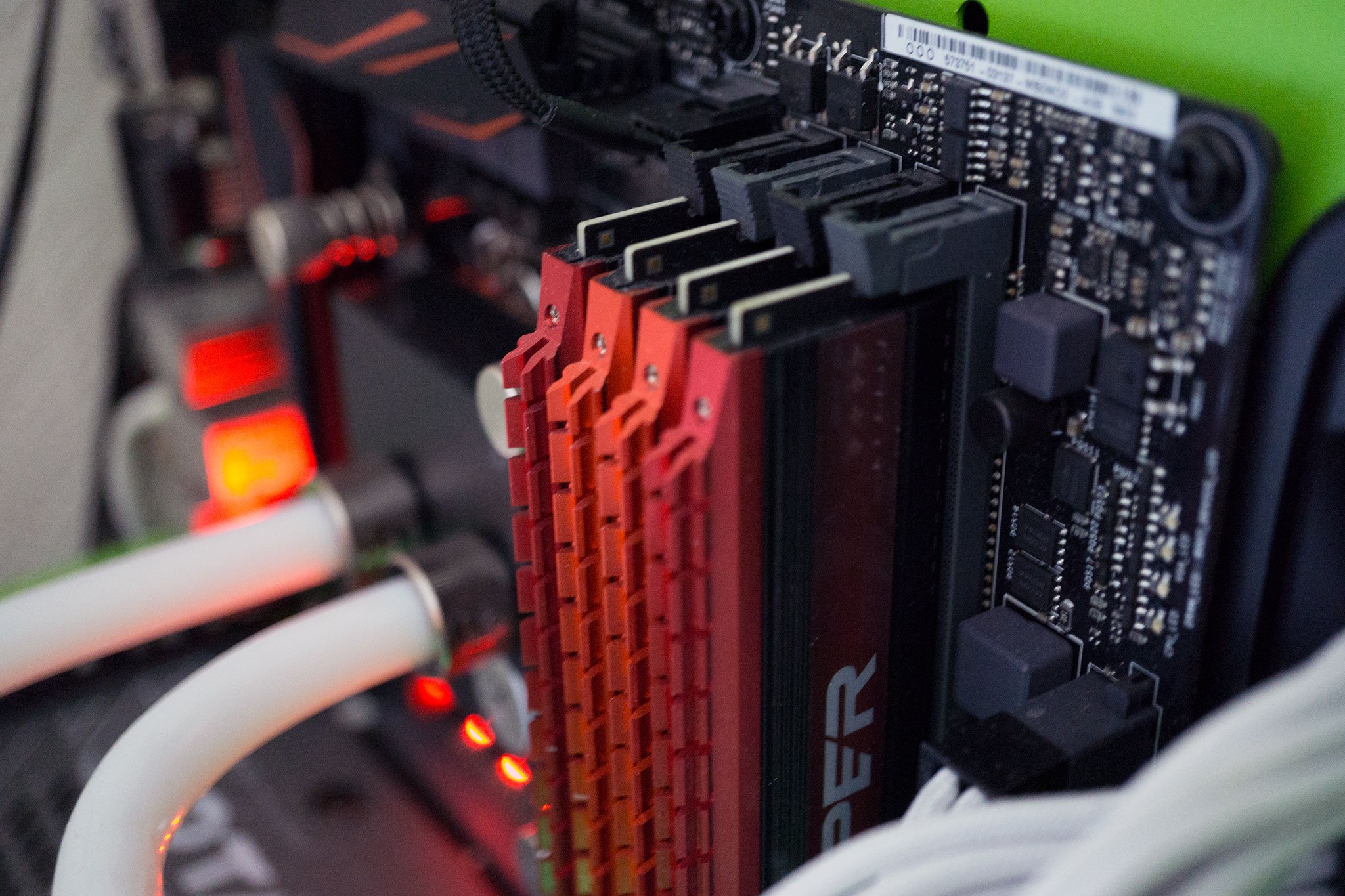
Breaking down RAM classification is rather straightforward. DDR4 is simply a type of synchronous dynamic random-access memory (SDRAM) and is the latest standard available, succeeding DDR3. This allows for improvements like increased bandwidth, speeds, lower latency, and voltage requirements. 3200MHz is the clock speed of the RAM module, and the CAS 15 figure is the latency score.
All together, you'll see the following in RAM listings: DDR4 3200MHz CAS 15.
Using our walkthrough above, we can determine that this module is compatible with the latest motherboards and processors (that support DDR4), is rated at a speed of 3200MHz, and has a latency score of 15. One more thing to watch out for when looking at RAM is the clock speed and latency. With RAM, speed is everything. The latency is essentially the delay between your computer asking the RAM to load a file, while the clock speed is how fast that action will happen.
If you need to buy RAM
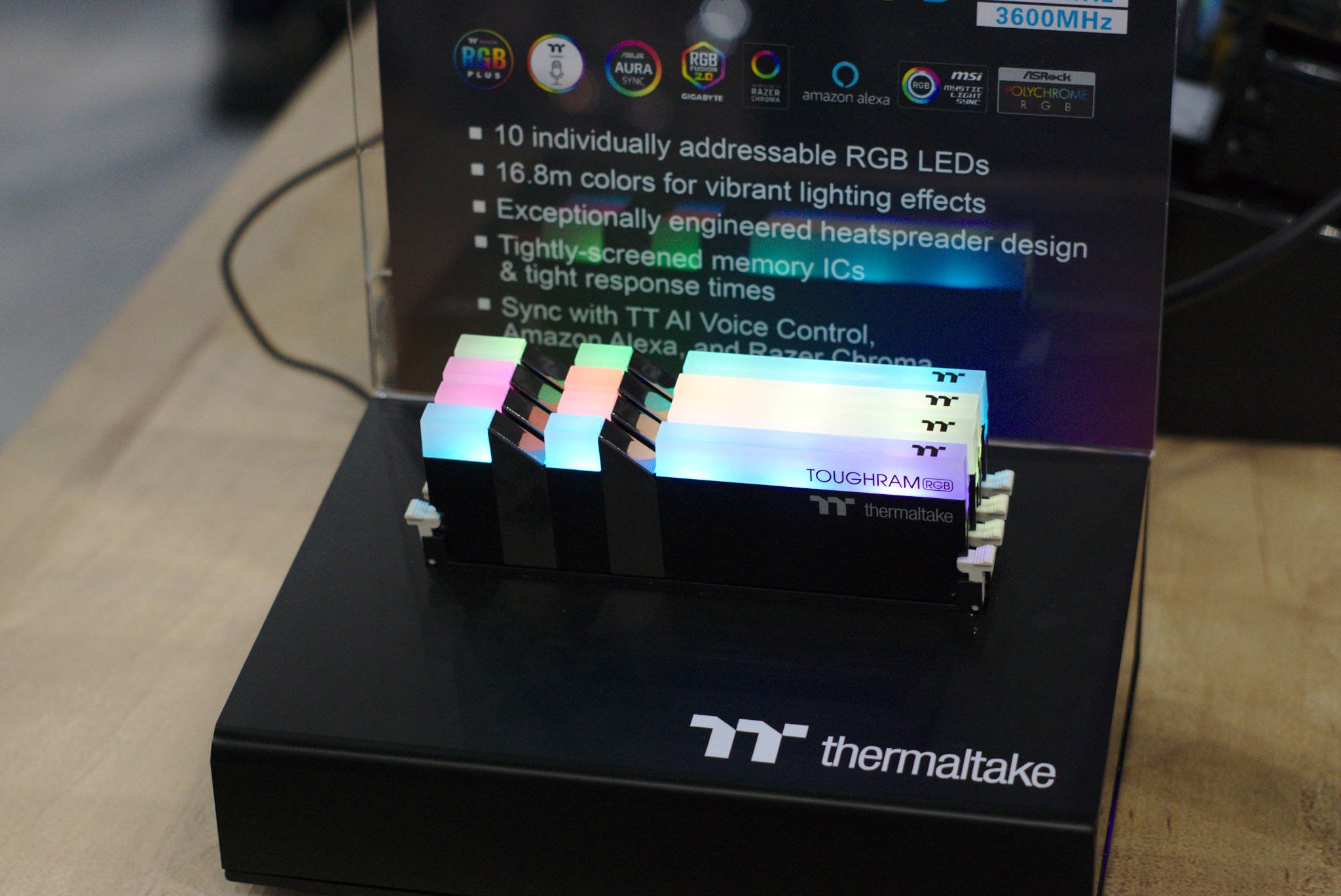
Choosing the best DDR4 RAM for your PC depends on what your motherboard and CPU will support. The majority of motherboards and CPU will work well with DDR4 RAM clocked at 3200MHz, especially if you're building a new PC right now. We've rounded up some of our favorite RAM kits that'll help you create quite the workstation.
Check out our DDR4 RAM recommendations
The lower the latency and the higher the clock speed, the better. As with most things, the better versions are the more expensive ones. Don't feel that you must go for the best RAM if you're not doing a lot of heavy work with your PC. For most case scenarios, any RAM that is supported by your motherboard will do just fine.
The sweet spot for most PC builds is 3200MHz RAM.
Installing RAM

RAM can be installed in various configurations, depending on the motherboard. Modules can be installed in single, dual, and quad-channel. You can find some instances where motherboards can take anywhere up to eight sticks of RAM, making for quite the powerful rig. Depending on the RAM you purchased, you'll need to install the modules in corresponding slots. The motherboard and manual will show you which slots are paired.
For example, if you purchased two 8GB modules (part of a 16GB kit), these will need to be installed in the correct labeled slots to activate dual-channel support, while a single 8GB module can be thrown into a single slot and you're good to go. Before you do absolutely anything when it comes to installing RAM, you need to ensure the system is powered off and take appropriate anti-static measures. In general, though, you'll want all of your RAM to match in size and speed for optimal performance.
Once you've installed the new RAM, you need to hop into your motherboard Basic Input Output System (BIOS) — basically an admin panel of sorts (usually activated during boot by pressing DEL key) — to ensure it's reading the modules correctly. Cross-reference frequency, capacity, and other values between what you see on the screen and what's on the RAM packaging. You can figure out how to access the BIOS at boot by checking your motherboard manual.
The same goes for laptops and prebuilt PC systems, though limitations may be in place. With new RAM installed, you should be able to enjoy smoother gameplay, increased productivity, and multitasking.

Rich Edmonds was formerly a Senior Editor of PC hardware at Windows Central, covering everything related to PC components and NAS. He's been involved in technology for more than a decade and knows a thing or two about the magic inside a PC chassis. You can follow him on Twitter at @RichEdmonds.
